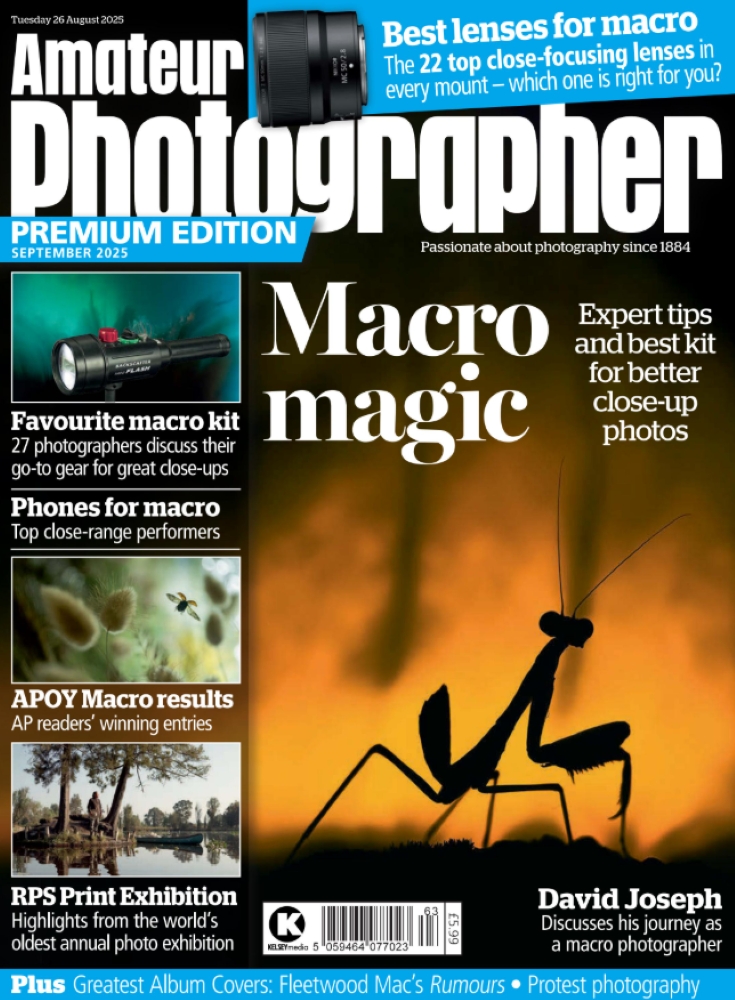At a briefing at IBC, senior Nikon executives reveal that they are currently working on a range of Z mount cinema lenses for its growing range of cinema cameras, expanding the range of Nikon cameras.
Just days after the announcement of the Nikon ZR, the company showed off its first Z cinema camera at IBC 2025 in Amsterdam, along with its RED-branded siblings. Nikon has attended Europe’s biggest broadcast and video show before but this year came with its biggest ever stand, and a takeover of much of the billboard advertising.
At a meeting with senior engineers and executives from Japan, AP was given more information about the background to the ZR and the company’s future plans, including the news that a range of NIKKOR Cinema lenses are being developed.
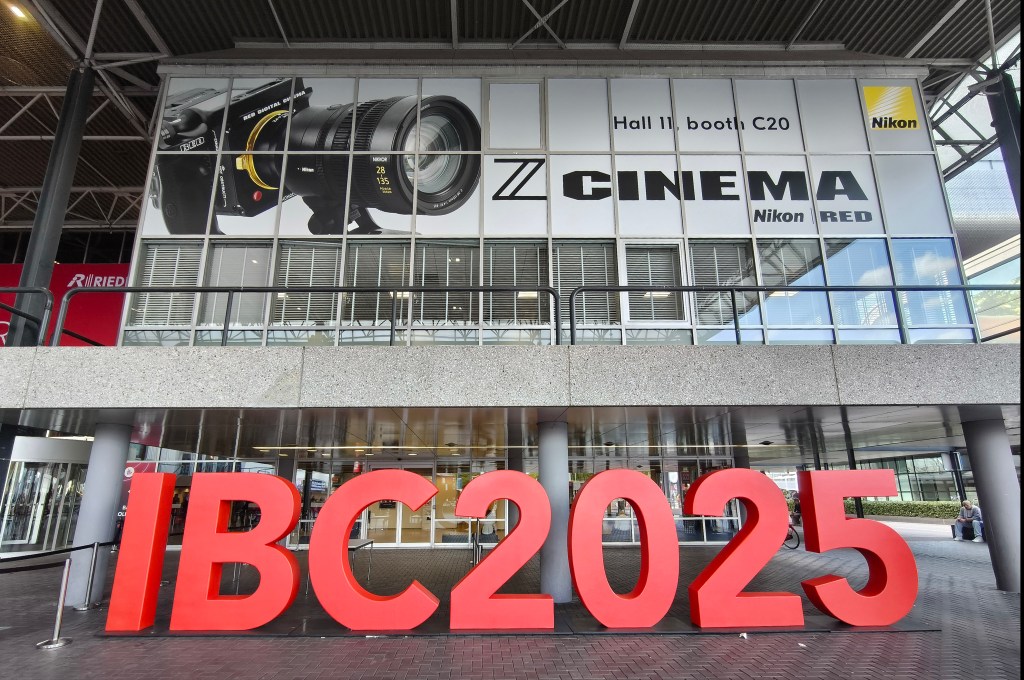
Having bought RED in April 2024, Having already released three RED cameras with the Nikon Z mount since RED was acquired by Nikon in April 2024 I began by asking why the company, who are primarily known for their stills cameras, is now investing so heavily in the video market.
Is there a shift in the market from stills photography towards video, and if so, what is driving this?
‘Yes indeed, the demand for film production is expanding rapidly across various industries, including on social media and streaming services’ explained Aihara Takashi, Nikon’s General Manager, UX Planning Department.
‘For customers with specialized film production needs, there is a strong demand for products that prioritize video recording and meet a variety of requirements, from shooting to post-production.’ He added that Nikon and RED would combine their strengths to develop products that target both high-end film production and independent content creators seeking to produce cinematic quality work.
The ZR is clearly designed more for the latter category, with its small form factor and entry level price of $2199/£2199, but Takashi pointed out that it is also designed to be used as a B camera in full-scale cinema production. ‘RED cameras are intended for professional use in areas like TV programs and commercial films, whereas Nikon is used more for web or personal projects, as well as serving as a secondary camera to professional equipment. The ZR offers performance suitable even as B-cam and C-cam for RED professional equipment, while being priced affordably for creators passionate about producing and sharing cinematic works.’
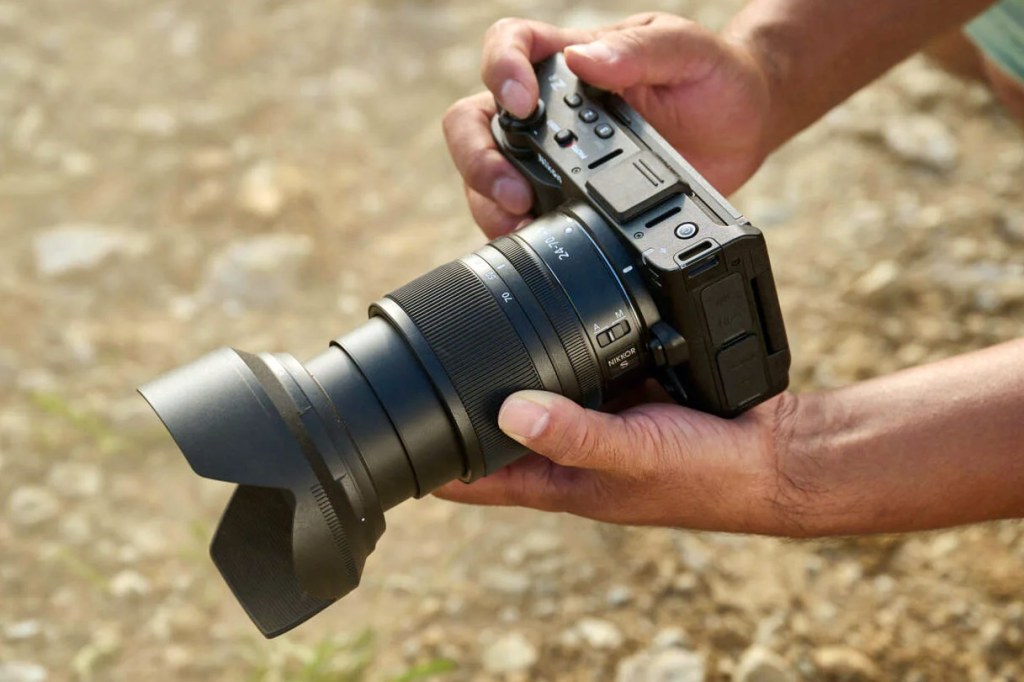
According to engineer Noriaki Mochimizo, the ZR’s chief product manager, the biggest challenge his team faced in creating the ZR was to achieve the best performance possible within the smallest possible form factor. ‘It was extremely difficult to achieve the compact body size while incorporating 6K RAW recording, and in-camera image stabilization,’ he says, ‘and it was challenging to achieve the required heat dissipation. We adopted magnesium alloy construction and repeated many times our simulations and live models tests to create a completely new heat dissipation pathways, achieving this level of performance, despite the complex size.’
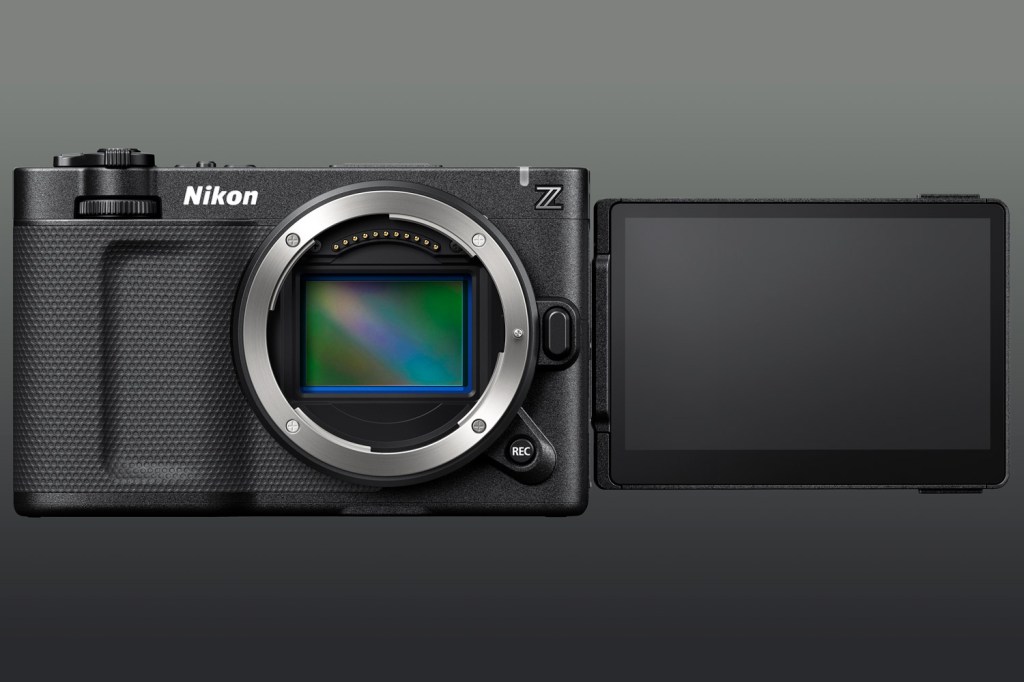
His colleague Satoru Takeuchi continued: ‘[My] challenge was achieving compatibility with RED’s colour science, bringing their ideals and concepts for colour and dynamic range into reality. This is so that existing RED camera users would be able to incorporate the ZR seamlessly into their workflow.’
The addition of the ZR to the Nikon/RED Cinema line-up has been well received, but the question of Nikon’s commitment to building a wider system was also addressed, Ikegami Hiroyuki, Nikon’s Senior Executive Vice President and General Manager of the Imaging Business Unit. ‘I would like to officially announce that Nikon is now developing a range of Cine lenses in a variety of focal lengths. After extensive research, we have already begun development. While it will take some time until we are ready to launch them, in the meantime the full range of current Z mount lenses will be available for the ZR.’ He added that potential buyers should be reassured about Nikon’s commitment to the video sector by the fact that, along with the RED Komodo, V-Raptor and V-Raptor XE, there are now four cameras in the Z mount eco-system.
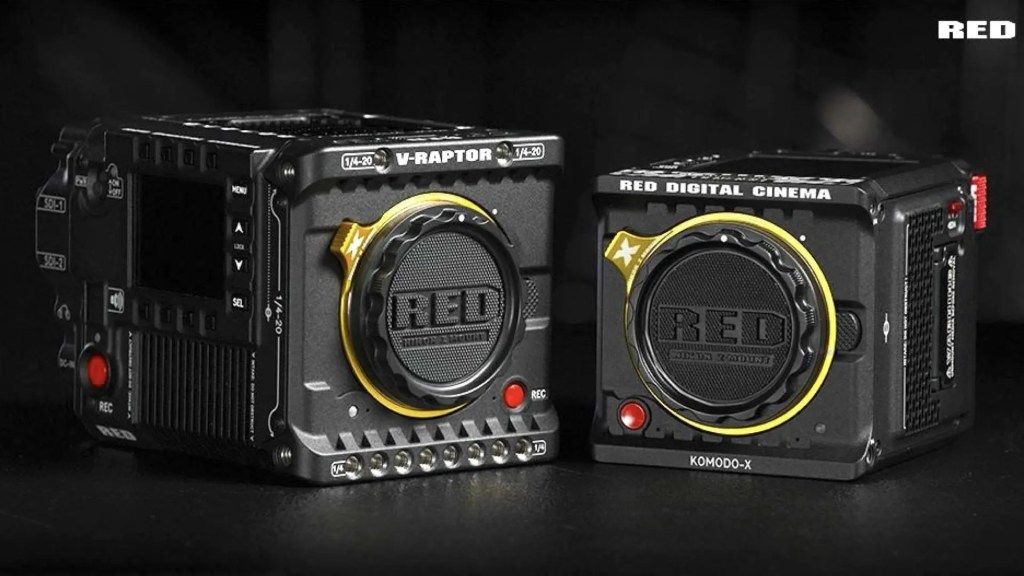
Nikon was cagey about whether any of the ZR’s features, including its codecs, will find their way onto updates to Nikon’s existing still focused cameras including the Z6, Z7, Z8 and Z9 ranges. ‘We are considering a wide variety of enhancements to the video function of these cameras, depending on the customer needs of each product line,’ said Takashi, ‘but we have no specific details yet.’








